Understanding Types of Machine Learning Systems
 Sai Rama krishna Pittu
Sai Rama krishna Pittu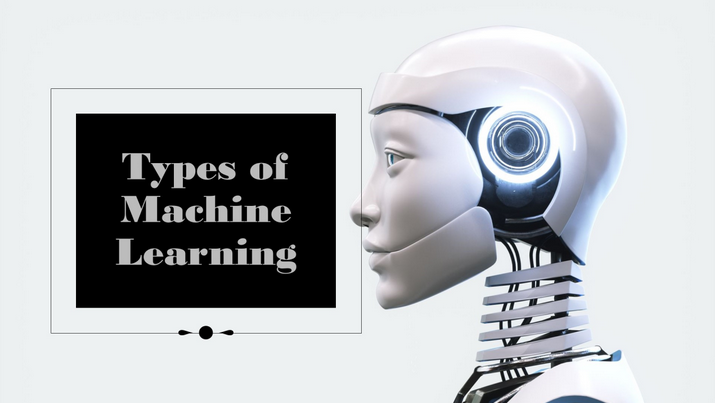
Hello, everyone! Today, I want to dive into the fascinating world of machine learning and explore the various types of machine learning systems. Machine learning can be categorized based on different criteria, and understanding these categories helps us appreciate the diverse approaches and techniques used to make machines smarter.
The primary criteria for categorizing machine learning systems include:
Human Supervision: Whether or not they are trained with human supervision
Incremental Learning: Whether or not they can learn incrementally on the fly
Learning Approach: Whether they work by either comparing new data points to known data points or by detecting patterns in the training data to build a predictive model.
Learning with Human Supervision
First, let's talk about learning with human supervision. This type of machine learning involves the model learning from a dataset where the input data is paired with the corresponding correct output. Depending on the availability and use of labeled data, we can further categorize it into supervised, unsupervised, semi-supervised, and reinforcement learning.
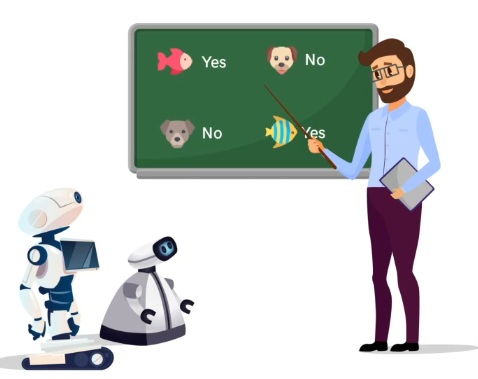
Supervised Learning
Supervised learning is akin to having a teacher who provides clear instructions and correct answers for practice problems. Here, the algorithm learns from a dataset that contains both input data and the corresponding correct output. The aim is to make accurate predictions or classifications when new data is introduced. Think of it like learning to solve math problems with a workbook that has all the answers provided. Supervised learning is foundational to many practical applications, where having labeled data is crucial for training the model.
Key Algorithms in Supervised Learning:
k-Nearest Neighbors (K-NN)
Linear Regression
Logistic Regression
Support Vector Machines (SVMs)
Decision Trees and Random Forests
Neural Networks
Content Recommendation: A content recommendation system like a video recommendation engine uses supervised learning to predict whether a user will like a particular video based on user info and video info.

Unsupervised Learning
Unsupervised learning is like exploring a new city without a map. The algorithm receives data without explicit instructions on what to do with it. Its goal is to find hidden patterns or intrinsic structures in the data. This approach is valuable for discovering insights that were not previously apparent and is used in scenarios where labeled data is unavailable. Unsupervised learning helps in understanding the underlying structure of data, grouping similar items together, and simplifying complex datasets.
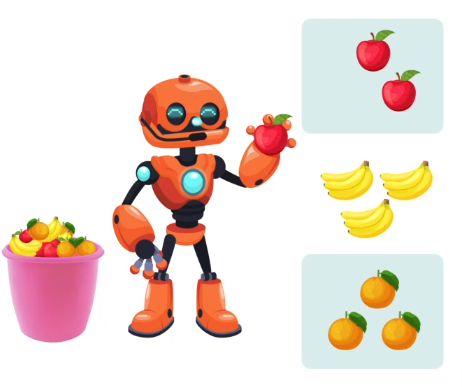
Key Algorithms in Unsupervised Learning:
K-Means
DBSCAN
Hierarchical Cluster Analysis (HCA)
Principal Component Analysis (PCA)
t-distributed Stochastic Neighbor Embedding (t-SNE)
Apriori
Market Basket Analysis: A market basket analysis system uses unsupervised learning algorithms like Apriori to identify products that are frequently bought together, such as bread, butter, milk, and jam. Retailers can use this information to optimize product placement, design promotions, and improve the shopping experience by suggesting additional items that customers are likely to buy.

Semi-Supervised Learning
Semi-supervised learning combines the best of both worlds: it uses a small amount of labeled data to guide the learning process while leveraging a large amount of unlabeled data.

This approach is particularly useful when obtaining labeled data is expensive or time-consuming, but unlabeled data is abundant. By using both types of data, the model can achieve better performance than using only labeled data. It's like learning a new subject with a few textbooks (labeled data) and lots of supplementary materials (unlabeled data).
Spam detection: Classifying emails as spam or not spam when only a few emails are labeled. The algorithm can use the labeled emails to learn about spam characteristics and then apply this knowledge to unlabeled emails.
Reinforcement Learning
Reinforcement learning is similar to training a pet with a system of rewards and penalties. Here, an agent learns by interacting with an environment and receiving feedback in the form of rewards for desired actions and penalties for undesired actions. The goal is to maximize the cumulative reward over time. Reinforcement learning is dynamic and well-suited for problems where the solution involves a sequence of actions, and the feedback is not immediately apparent.
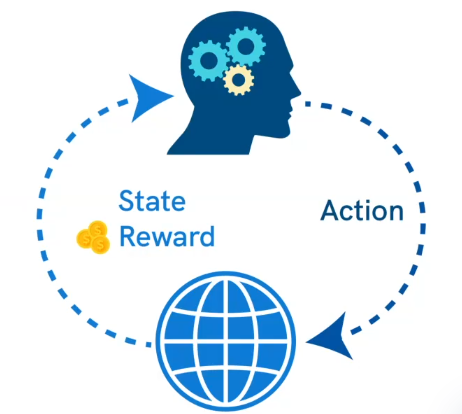
Key Algorithms:
Q-Learning
Deep Q-Networks (DQN)
SARSA (State-Action-Reward-State-Action)
Proximal Policy Optimization (PPO)
Example, Training a robot to navigate a maze by rewarding it for reaching the end and penalizing it for hitting walls. The robot learns the optimal path through trial and error.
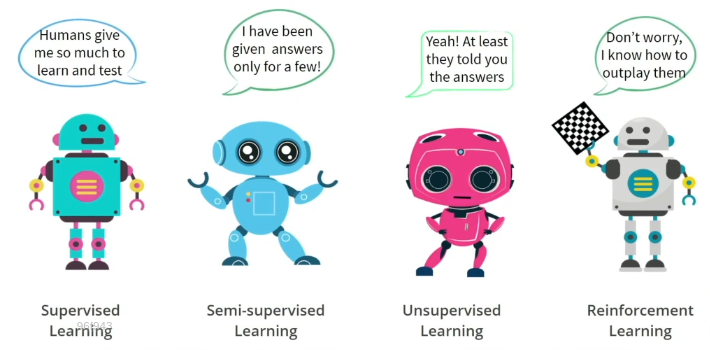
Incremental Learning
Next, let's move on to incremental learning. This type of learning deals with how the model processes and learns from data over time. Incremental learning can be categorized into online learning and batch learning.
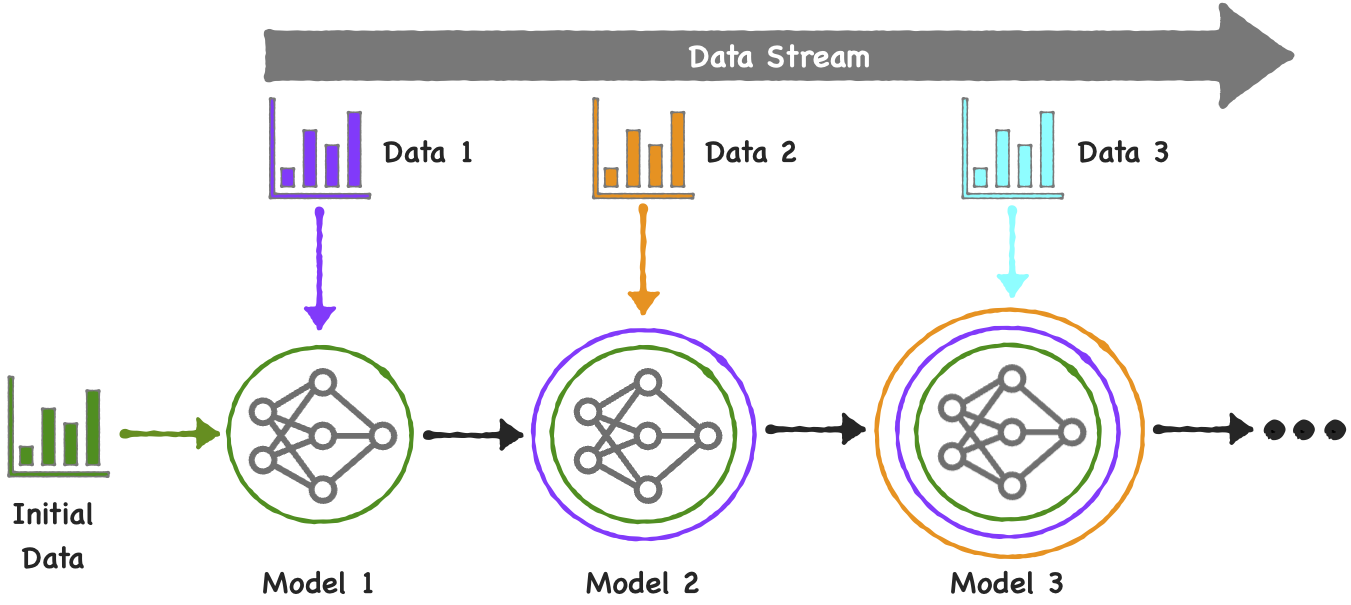
Online Learning
Online learning is about learning and adapting in real-time. The model is capable of updating itself continuously as new data arrives, making it highly suitable for applications where data is constantly streaming in. This approach ensures that the model remains relevant and accurate even as the underlying data changes. Think of it as constantly refining your understanding of a subject based on new information as it comes in.
Example, Real-time stock price prediction where the model updates as new market data comes in. This allows traders to make timely decisions based on the latest information.
Batch Learning
Batch learning, on the other hand, involves training the model on a fixed dataset all at once. Once the model is trained, it does not update until it is retrained with new data. This approach is suitable for static datasets where changes are infrequent. It’s like studying for an exam with a fixed set of notes and not making any changes until the next exam session.
Application: Building a recommendation system for a movie database that updates recommendations periodically. The system can be retrained with new data at regular intervals to provide up-to-date recommendations.
Learning Approach
Finally, let's discuss the learning approach. This categorization is based on how the model makes predictions and learns from data. We can differentiate between instance-based learning and model-based learning.
Instance-Based Learning
Instance-based learning is like solving problems by looking at examples. The system makes predictions by comparing new data points to known instances from the training set. It relies heavily on similarity measures to find the most relevant examples. This approach is straightforward and often very effective when the structure of the data is simple and well-understood.
Key Algorithms:
k-Nearest Neighbors (K-NN)
Support Vector Machines (SVMs)
Example, Recommending products to users based on their past behavior and preferences. The system looks for similar user profiles and suggests products that those users liked.
Model-Based Learning
Model-based learning involves building a predictive model that captures patterns and relationships within the data. This model is then used to make predictions on new data. It’s akin to a scientist developing a theory based on observed phenomena and using that theory to predict future occurrences. Model-based learning is powerful for understanding complex relationships and making informed predictions.
Key Algorithms:
Linear Regression
Logistic Regression
Decision Trees and Random Forests
Neural Networks
Examples include Predicting future sales based on historical sales data using a regression model. The model identifies trends and patterns in past sales to forecast future sales figures.
Bringing It All Together
Machine learning systems often combine elements from different categories. For instance:
Spam Filtering: A spam filter might use a deep neural network (supervised learning) and continuously update with new examples (online learning).
Autonomous Vehicles: Self-driving cars utilize reinforcement learning to make driving decisions and online learning to adapt to new road conditions.
Recommendation Systems: E-commerce platforms use model-based learning to predict user preferences and batch learning to periodically update recommendations with new data.
Multimodal Assistants: A multimodal assistant like GPT-4o uses supervised learning to understand and generate text, recognize images, and interpret audio. It continuously updates its knowledge and abilities through online learning as it interacts with users, making it a versatile tool for real-time communication and assistance across various modalities.
The choice of the machine learning system depends on the problem, available data, and desired system characteristics. Understanding these types and their nuances can help us choose the right approach for our specific needs. Whether you're building a predictive model or exploring data patterns, there's a machine learning technique tailored for you. Happy learning!
Subscribe to my newsletter
Read articles from Sai Rama krishna Pittu directly inside your inbox. Subscribe to the newsletter, and don't miss out.
Written by

Sai Rama krishna Pittu
Sai Rama krishna Pittu
I am currently pursuing a fellowship at NxtWave’s CCBP 4.0 Academy alongside my bachelor's degree in CSE with a focus on AI and ML. At Nxtwave, I am deepening my expertise in Artificial Intelligence, Machine Learning, Deep Learning, Generative AI. My focus includes building machine learning systems, understanding how the underlying algorithms works, and developing those algorithms from scratch. I am passionate about developing AI agents, agentic systems, agentic workflows, and agentic products. In addition, I am honing my skills in DSA and have completed the MERN Stack, which has enabled me to create dynamic and responsive web applications. I hold a UK International Diploma in Supply Chain Management, Operations Management, and Building Relationships from NOCN, as well as a diploma in Tool Engineering and Digital Manufacturing from NTTF. These qualifications have enriched my technical skills with a strong business acumen. I am passionate about staying ahead of the curve and navigating the ever-changing tech landscape, preparing myself for emerging challenges and opportunities in the AI field.